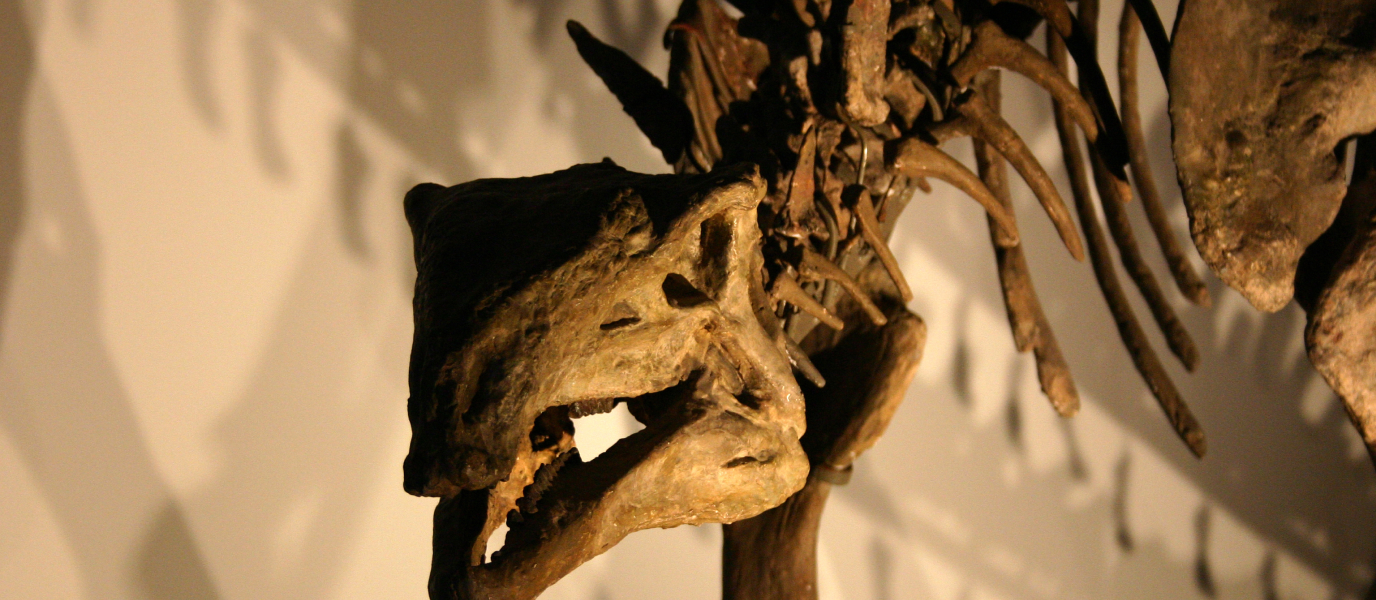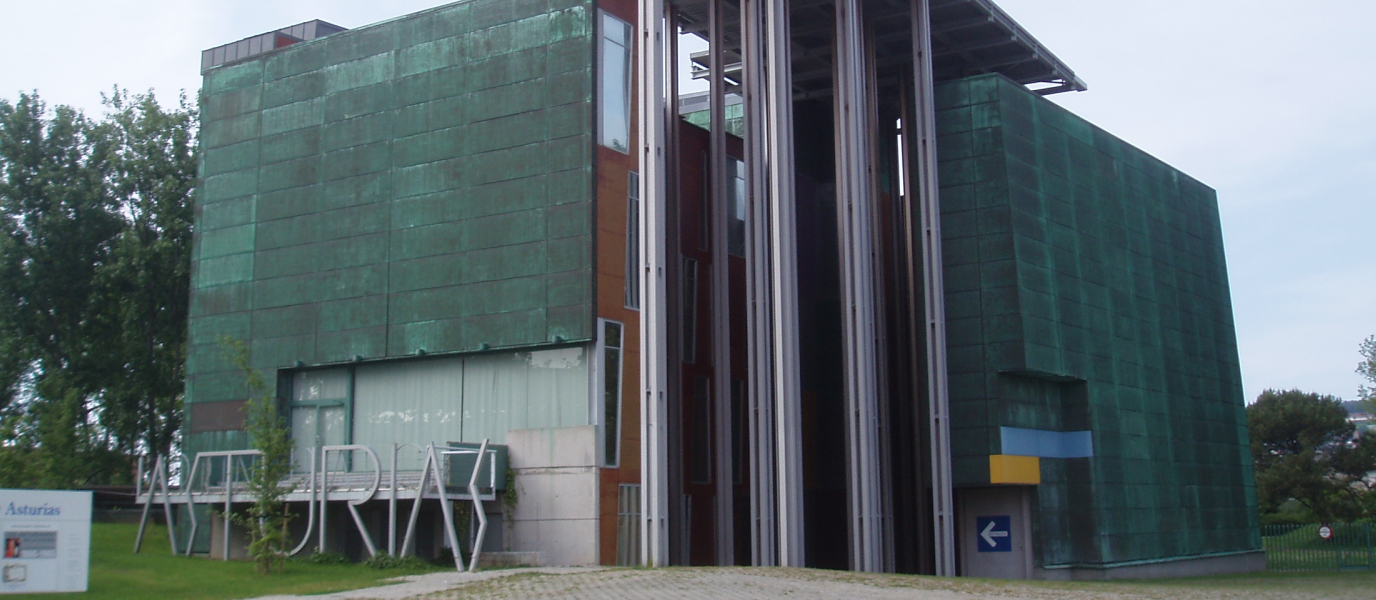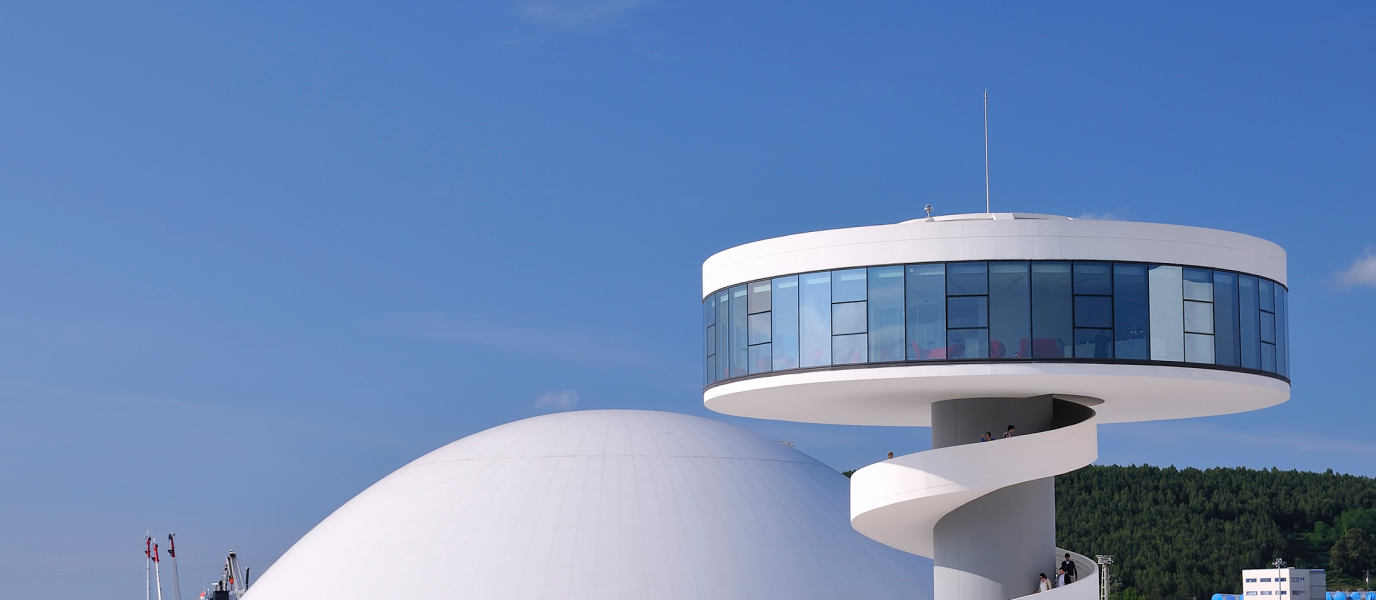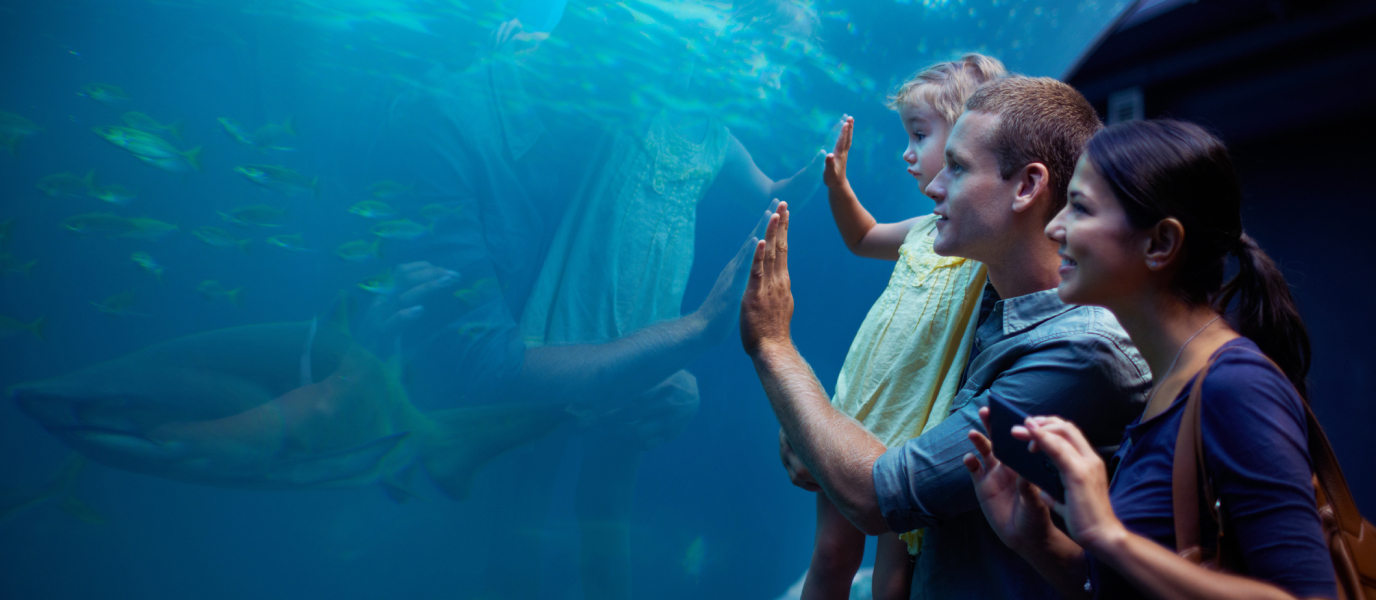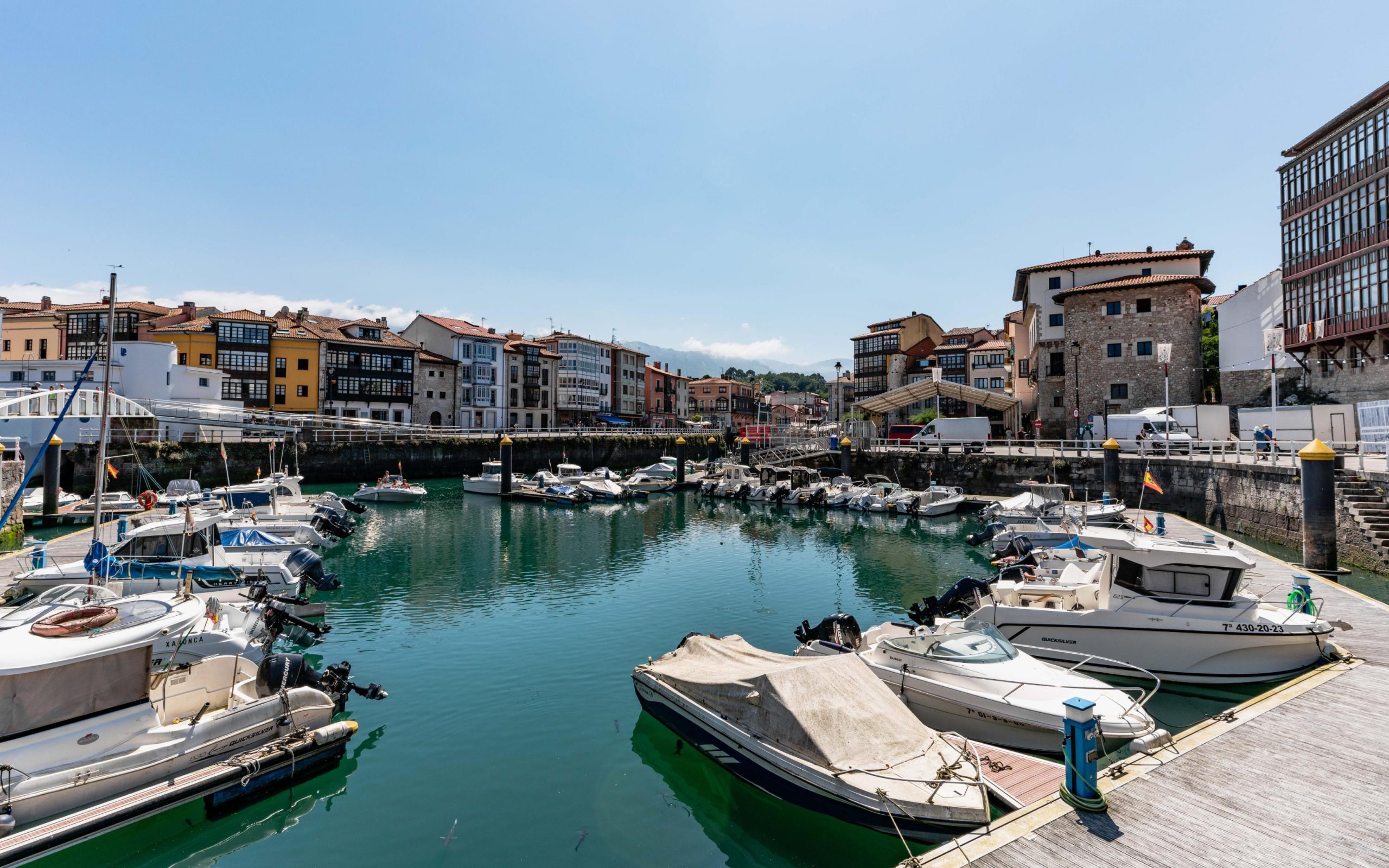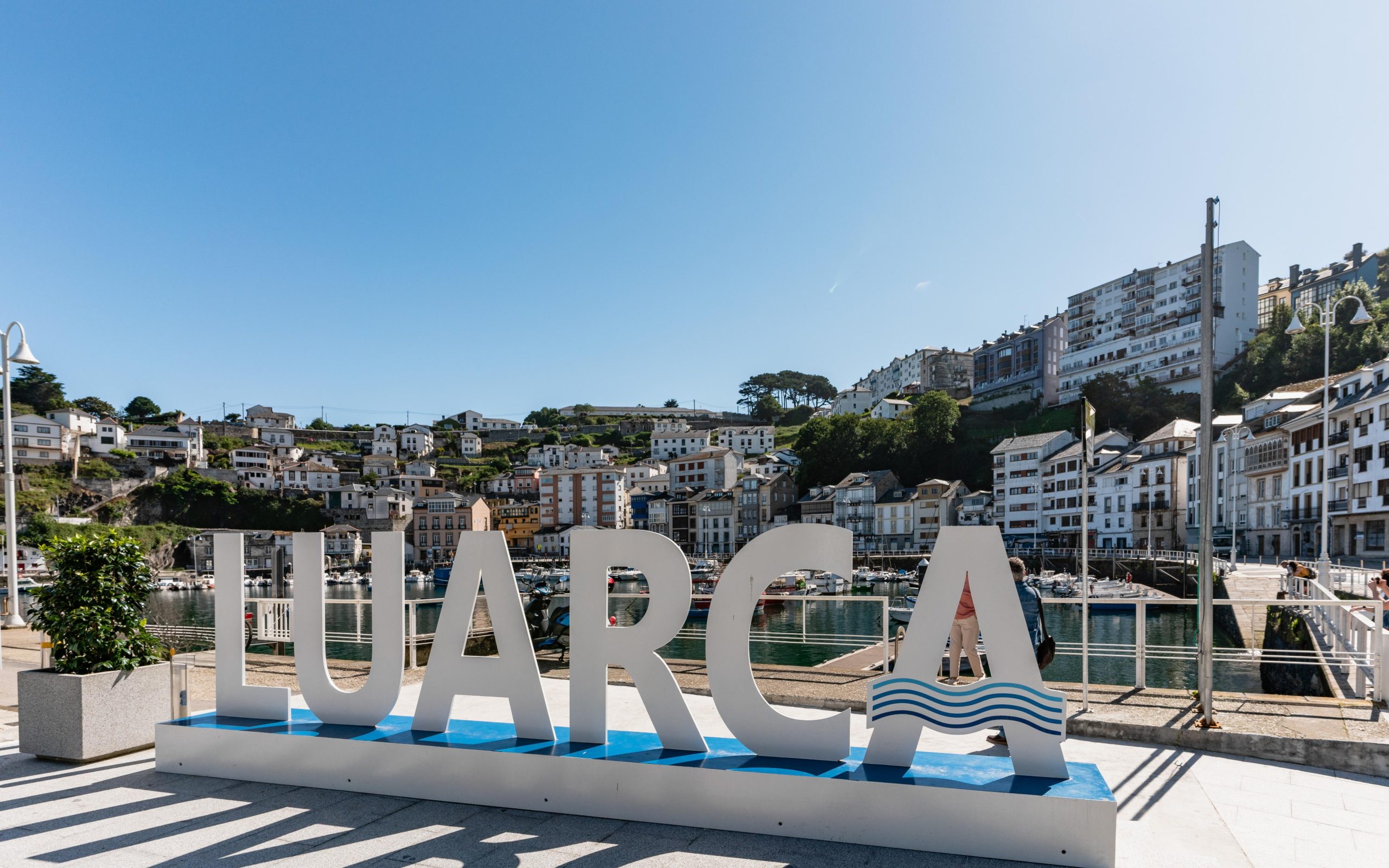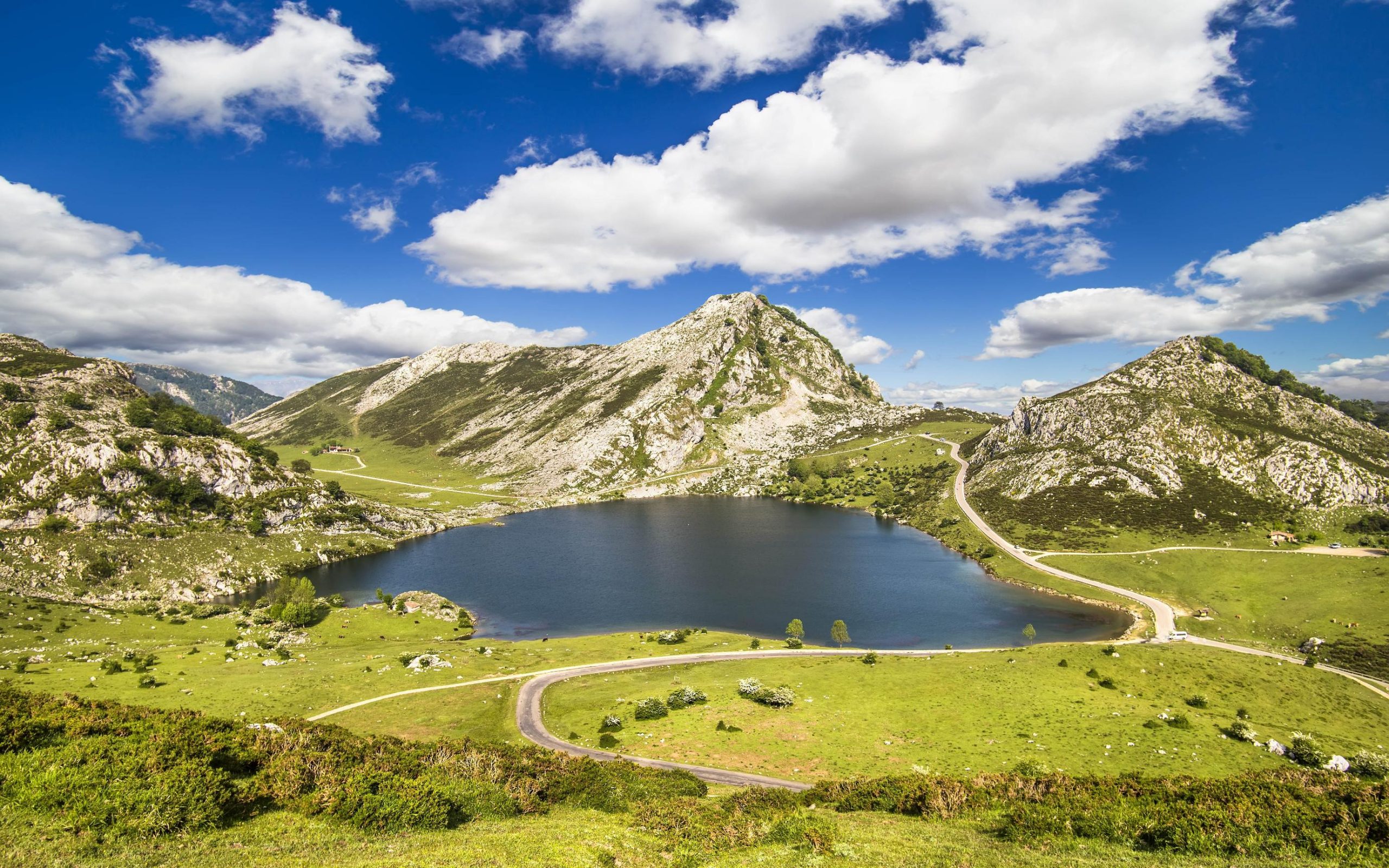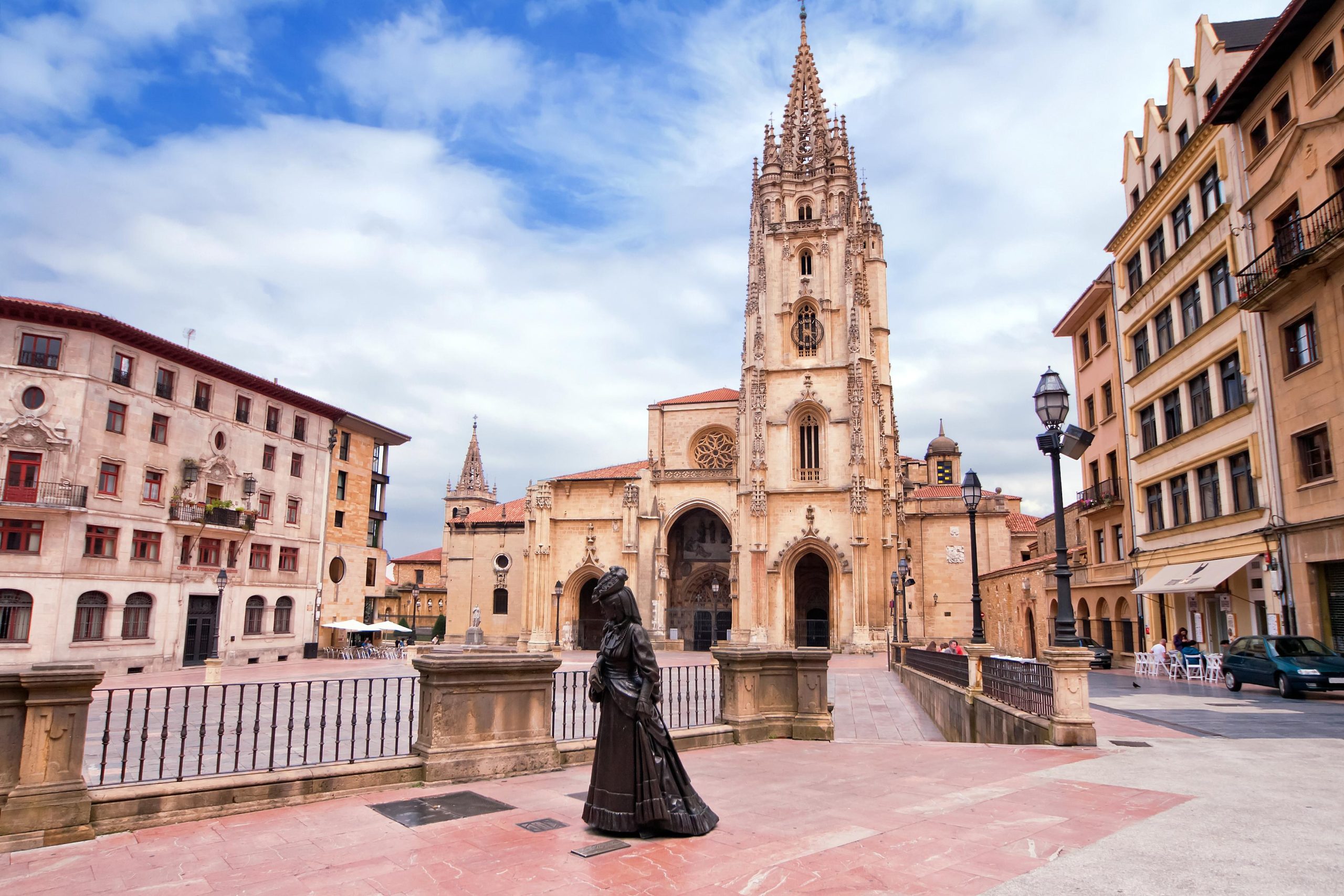The Jurassic Museum of Asturias (MUJA) opened in 2004 in the verdant parish of Colunga. Shaped in the form of a giant tridactyl dinosaur footprint, the building looks over the Cantabrian Sea and has one of the most complete collections of dinosaur fossils in the world. Your visit will span millions of years: from the emergence of life on Earth to the appearance of the first Homo sapiens. There is a special focus, of course, on the dinosaur era, known as the Mesozoic Era and divided into three periods: the Triassic, Jurassic and Cretaceous. Each period corresponds to one of the toes in the tridactyl architectural design, created by the architect Rufino Uribelarrea.
Dinosaurs in Asturias
Did you know that the coastline between Gijón and Ribadesella is known as the ‘Coast of Dinosaurs’? Several dinosaur footprints (ichnites) and bones were unearthed during excavations, especially near the towns of Villaviciosa, Colunga and Ribadesella. There are a total of nine paleontological sites in Asturias for you to discover.
The Jurassic Museum of Asturias was created to display the fossils of the dinosaurs discovered in Asturias. Visitors can enjoy the impressive collection, while they appreciate the unique features of the building. This includes the copper roof, which over time will oxidise from dark brown to the green patina of aged copper, blending the museum into the Asturian landscape. The interior wood structure mimics a dinosaur’s ribcage, making visitors feel as if they were inside the gigantic beasts. The exhibition area on each floor measures approximately 2,000 m2 and each cover a crucial historical era. If you are travelling with children be sure to schedule a visit!
The Jurassic Museum of Asturias project
When the Jurassic Museum of Asturias first opened its doors, its collection was composed of 300 fossils from the University of Oviedo. Now, the collection has more than 4,400 fossils thanks to the incredible excavation work the MUJA research team conducted. Here are some of the spectacular finds to marvel at:
- The largest footprints of theropods and sauropod dinosaurs found to date. The theropod footprint is 82 cm long and the sauropod footprint is 58 cm long.
- The most complete skeletons of an ichthyosaur and a plesiosaur of the Iberian Peninsula.
- The partial skeleton of an ornithopod.
- Several remains of pre-historic turtles, crocodiles and fish.
- Plant fossils.
- Invertebrate fossils.
The Jurassic Museum of Asturias: an essential visit
Even though the permanent collection occupies a large part of the Museum, there are still some other spaces to discover:
- The Display Hall: Located in the basement, it houses temporary exhibitions on such themes as the Coast of the Dinosaurs, Trapped in Ice, Jurassic Colossus, Dinorobots at the MUJA, Dinosaurs: eggs and hatchlings, and When the Earth shakes: volcanoes and earthquakes.
- The Auditorium: Located in the basement, this is where book presentations, conferences and seminars are held. The amphitheatre-like space seats 95.
- The Rest Area: Designed for visitors to take a break and sit back as they flip through travel publications on the area.
- The Workshop Room: Holds workshops, activities and games on palaeontology designed for children and teenagers.
- The MUJA Shop: Offers a wide selection of souvenirs such as T-shirts, books, posters, postcards, handicrafts and school material. There are also jewellery and dinosaur replicas.
The Dinosaur Park: a 7,000 m2 oasis
The Jurassic Museum of Asturias sits perched on the coastline, offering sweeping oceanic views. Explore the 7,000 m2 grounds as you take in the breath-taking scenery. You’ll discover how over 6,000 different plants 0f 15 different species were used to duplicate dinosaur footprints and create an enthralling landscape. There is even a large play area for the little ones to run wild. Speaking of little ones, they’ll be blown away as they walk around life-size replicas of Diplodocus, Allosaurus, Dacentrurus and Camptosaurus. They’ll also see 16 other replicas of dinosaurs from the Cretaceous Period such as Tyrannosaurus, Triceratops and Carnotaurus. The model dinosaurs are spread throughout this enormous dinosaur park in Asturias. There are also signposts explaining everything you need to know about these pre-historic beasts.
Travellers looking to learn more about the ichnites can visit partial replicas of the paleontological sites located in the cliffs of Tereñes (Ribadesella) and on the Playa de la Griega (Colunga). Together with the boxes of replica teeth, claws and bones, these site recreations are testaments of the Prehistoric Age and offer a glimpse of Earth before mankind.
Once you’ve emerged from your walk among dinosaurs, children can run around the play area equipped with slides, swings and games, where the dinosaur is still king.

























































